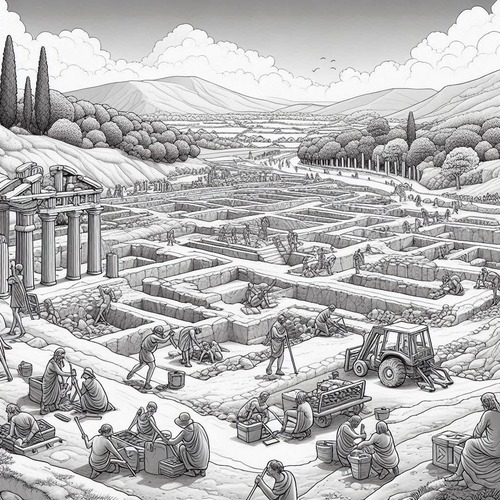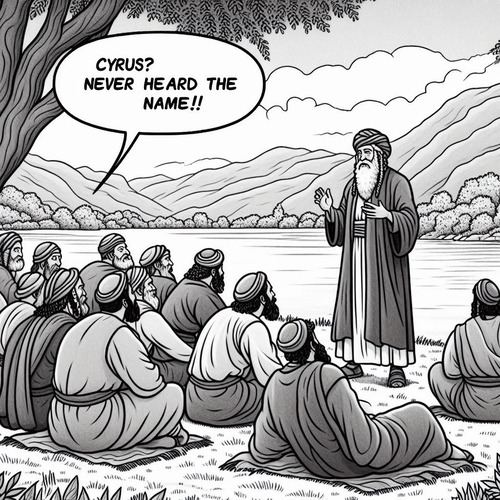Dead Sea Scrolls: How Ancient Texts Confirm Bible Integrity
Discovery and Excavation
The Dead Sea Scrolls—among the most significant archaeological finds of the 20th century—were discovered between 1947 and 1956 in the Qumran Caves near the Dead Sea, on the West Bank. The initial discovery was made by a Bedouin shepherd, Muhammed edh-Dhib, who stumbled upon the first of the scrolls while searching for a lost goat. The accidental find led to a series of excavations that uncovered a treasure trove of ancient manuscripts.
Contents of the Scrolls The scrolls are a collection of around 981 different texts, including:
- Biblical Manuscripts: Approximately 40% of the scrolls are texts from the Hebrew Bible (Old Testament). These include fragments from all books except the Book of Esther, with particularly significant copies of Isaiah, Psalms, and Deuteronomy.
- Apocryphal and Pseudepigraphal Texts: About 30% of the scrolls consist of texts not included in the canonical Hebrew Bible but considered important in understanding Jewish traditions and beliefs of the period. These include the Book of Enoch, the Book of Jubilees, and the Testament of Levi.
- Sectarian Manuscripts: The remaining 30% of the scrolls are unique to the Jewish sect that inhabited Qumran, believed by many scholars to be the Essenes. These writings include the Community Rule (a manual for communal living), the War Scroll (describing an apocalyptic battle), and the Thanksgiving Hymns (poetic psalms of thanksgiving).
Importance and Impact
The Dead Sea Scrolls are critical for several reasons:
- Textual Integrity: The scrolls provide the oldest known copies of the Hebrew Bible, dating from the 3rd century BCE to the 1st century CE. This is almost 1,000 years older than the previously known oldest manuscripts, the Masoretic Texts from the 10th century CE. Comparing these ancient texts with later versions has shown remarkable consistency, bolstering the argument for the textual reliability of the Bible.
- Historical Insight: The scrolls offer a rare glimpse into Jewish life and beliefs during the Second Temple period (516 BC –70 CE). They illuminate the diversity of religious thought and practice at the time, including the beliefs of groups such as the Essenes, who lived in relative isolation.
- Linguistic Value: The scrolls are invaluable for studying the development of the Hebrew language, as well as Aramaic and Greek. They help linguists understand the evolution of these languages and their usage in different contexts.
The Dead Sea Scrolls and Bible Reliability
The Dead Sea Scrolls are often cited as evidence for the reliability of the Bible. Consider the following reasons:
- Consistency of Text: The remarkable similarity between the scrolls’ biblical texts and the Masoretic Texts used today demonstrates that the Bible has been transmitted accurately over the centuries. For instance, the Great Isaiah Scroll, found in Cave 1, is almost identical to the Masoretic Text, except for minor variations in spelling and grammar.
- Confirmation of Historical Events: Some scrolls contain references to historical events and figures that align with known history from other sources, supporting the historical accuracy of biblical accounts.
- Apocryphal Insights: The presence of non-canonical books among the scrolls provides context for understanding the religious and cultural environment in which the Bible was written and compiled. These texts help to fill gaps in our knowledge about Jewish beliefs and practices during the Second Temple period.
Conclusion
The Dead Sea Scrolls are a monumental discovery that has reshaped our understanding of ancient Jewish history, religion, and the transmission of biblical texts. Their preservation and detailed study continue to offer new insights and affirm the reliability of the Bible, making them an invaluable resource for scholars and believers alike. The scrolls not only validate historical and textual accuracy but also enrich our appreciation for the cultural and religious milieu of the ancient world.
Related FAQs
- How old are these Dead Sea Scrolls? The Dead Sea Scrolls date from the 3rd century BCE to the 1st century CE. This makes them approximately 2,000 to 2,300 years old.
- What is the Copper Scroll that was discovered among the other scrolls? Among the scrolls is the unique Copper Scroll, a list of 64 locations where gold and silver treasures are supposedly hidden. Unlike the other scrolls, it was engraved on copper sheets, and has sparked the imaginations of treasure hunters and historians.
- What material have the Dead Sea Scrolls been written on? Most of the scrolls are written on parchment made from animal skins, while a few are on papyrus. The quality of these materials and the ink used have contributed to their preservation over millennia.
- What, if anything, do the Scrolls tell us about the Essenes’ scribal practices? The scrolls provide evidence of ancient scribal practices, including the use of Paleo-Hebrew script, corrections made by later scribes, and techniques for organizing and storing scrolls.
- What have excavations revealed to us about the community at Qumran? Archaeological excavations at Qumran have revealed the ruins of a monastic-like community, complete with communal dining rooms, ritual baths (mikva’ot), and scriptoriums where the scrolls were likely copied and stored.
- Where can I see the Dead Sea Scrolls today? Many of the Dead Sea Scrolls are housed in the Shrine of the Book at the Israel Museum in Jerusalem. Digital versions are available online through the Israel Museum’s Digital Dead Sea Scrolls project and the Leon Levy Dead Sea Scrolls Digital Library. To view digital versions of the Dead Sea Scrolls, visit:
Related Reads:
Editor’s Pick

Rethinking Sickle Cell Anaemia: A Case for Intelligent Design
Sickle cell anaemia presents what many consider evolution’s strongest card—a genetic condition that causes suffering yet provides protection against malaria. [...]
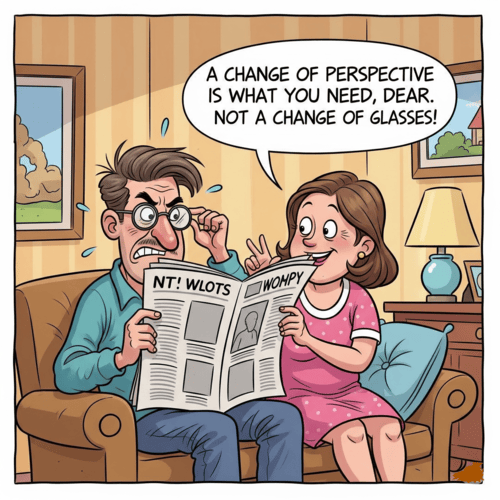
‘Bad’ Design: Flaw in Nature Or Flaw in Our Perspective?
When the Eiffel Tower was first proposed, critics called it a monstrous eyesore that would ruin Paris forever. Today, it’s [...]

The Problem of Divine Absence: How Do Believers Cope?
WHEN GOD SEEMS FAR: THE GREAT DISCONNECT Ever wondered why God seemed so close to Joseph in his Egyptian prison, [...]

Is ‘Gay Christian’ a Biblically Acceptable Identity to Have?
THE QUESTION OF IDENTITY IN BIBLICAL PERSPECTIVE The term “gay Christian” has become increasingly common in contemporary religious discourse, representing [...]
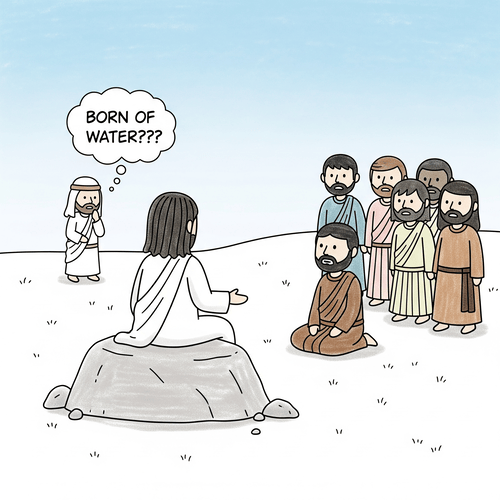
What Does ‘Born of Water’ in John 3:5 Mean?
THE REFORMED VIEW VS OTHER INTERPRETATIONS ”Jesus answered, ‘Truly, truly, I say to you, unless one is born of water [...]

The Lordship Salvation Controversy: What’s It All About?
Can someone be truly saved without making Jesus Christ their Lord? The question sits at the heart of one of [...]
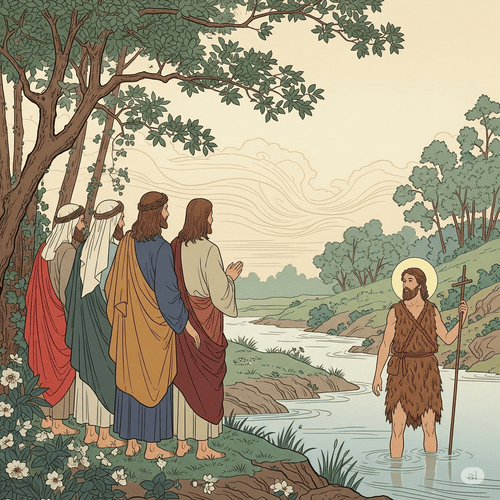
1 John 5:6: How Do Water and Blood Reveal Jesus’ True Identity?
"This is he who came by water and blood—Jesus Christ; not by the water only but by the water and [...]
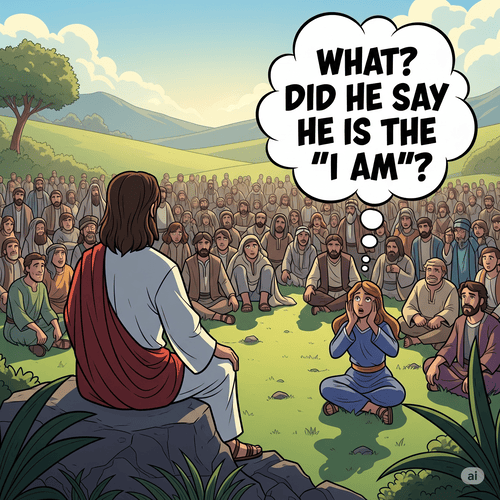
Is Jesus Yahweh? Answering Unitarian Objections
The question of whether Jesus Christ is truly God has divided Christians for centuries. While orthodox Christianity has consistently affirmed [...]

Matthew 3:11: What Is the Baptism of Fire?
When John the Baptist declared, “He will baptise you with the Holy Spirit and fire” (Matthew 3:11), his words carried [...]

From Rock to Stumbling Block: Why Jesus Called Peter Satan
In the span of just six verses (Matthew 16:13-28), Peter goes from receiving the highest praise from Jesus to getting [...]



